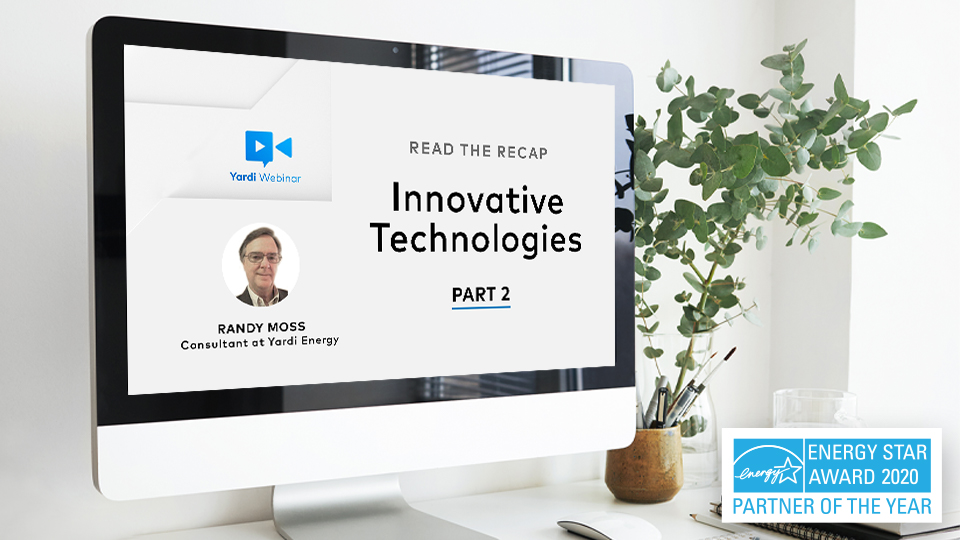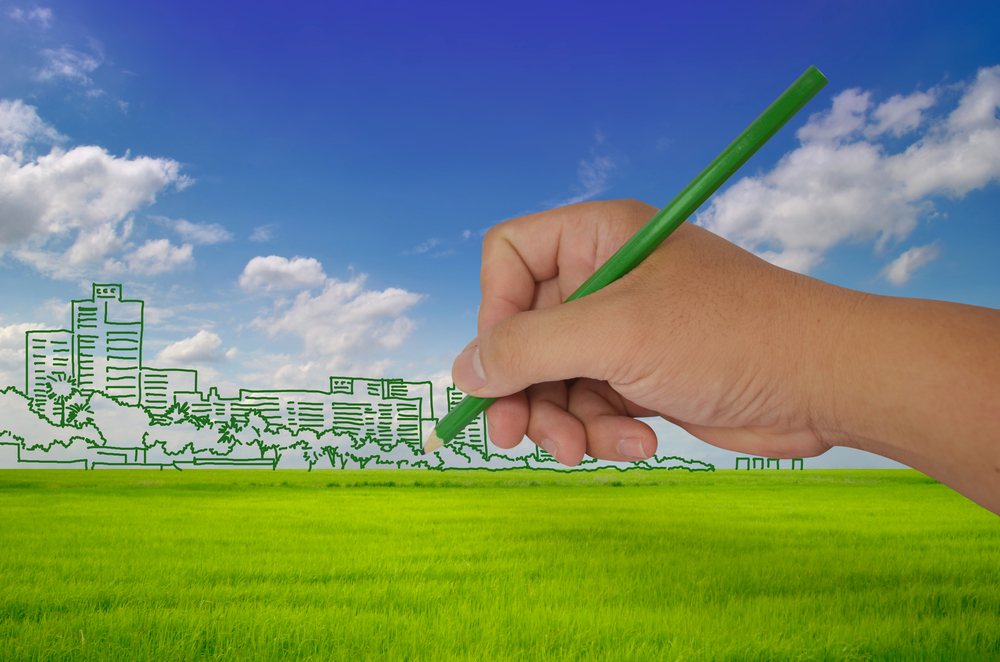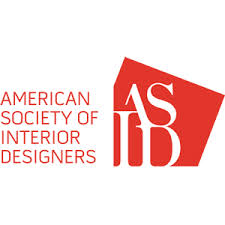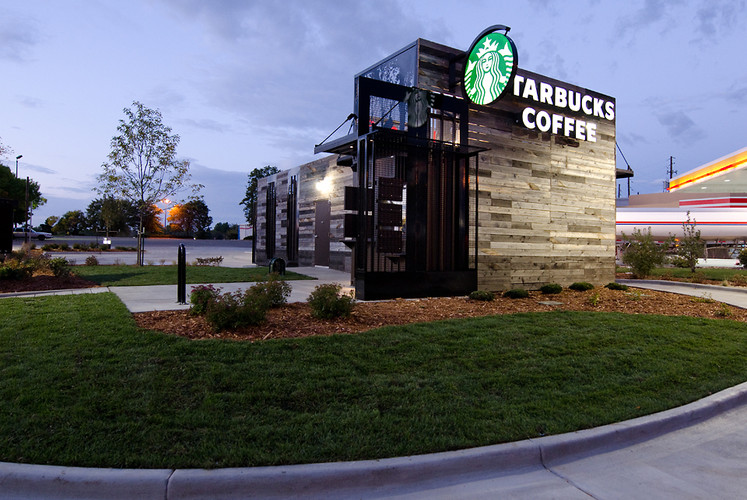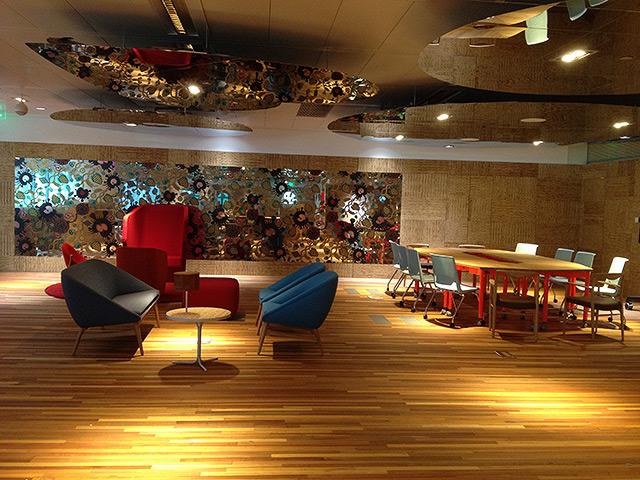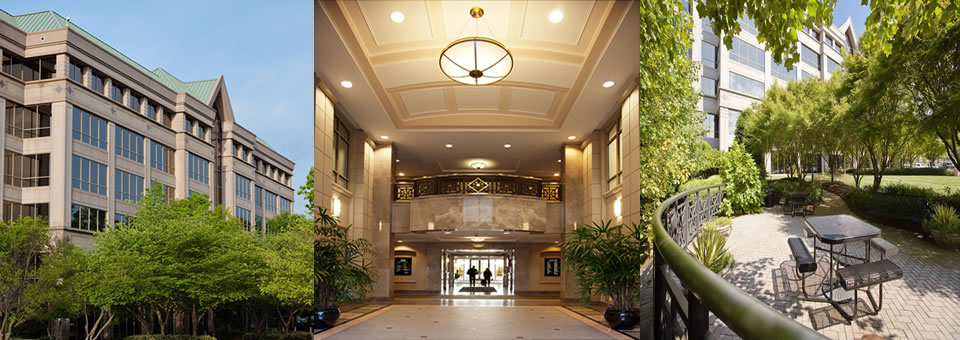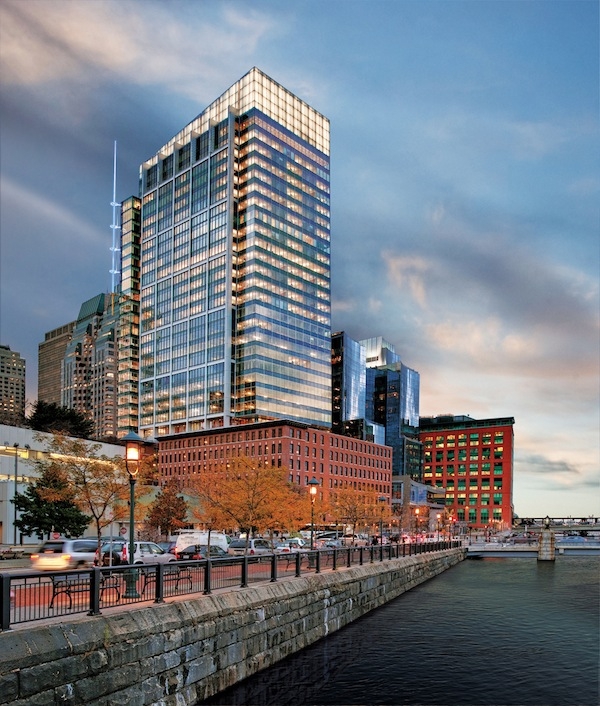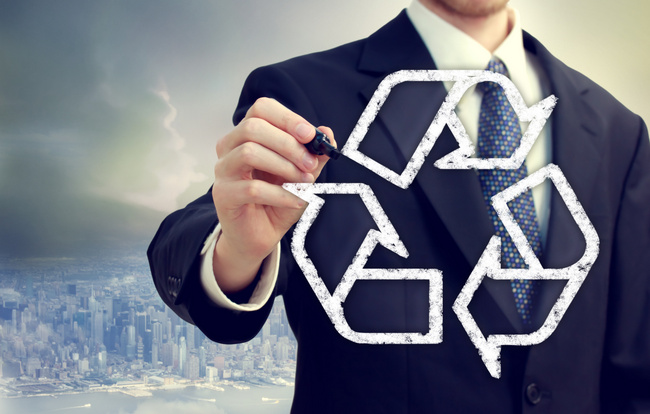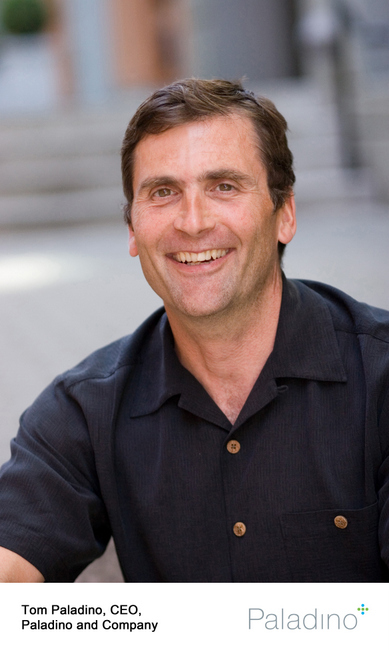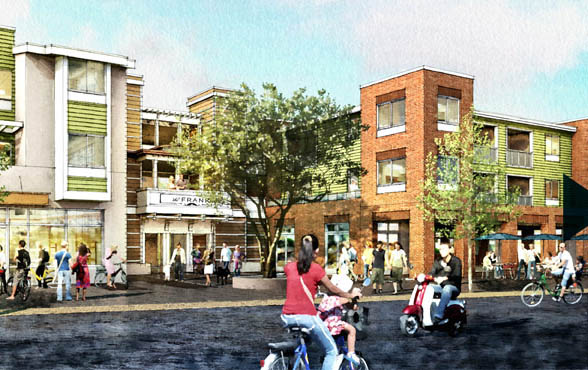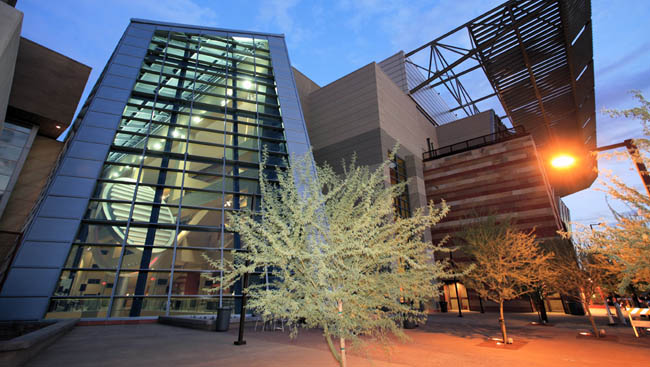ENERGY STAR Talks Tech
Webinar Recap
Utilities are the second highest controllable expense for property owners, so measuring and managing consumption is critical to control costs and minimize waste. The EPA’s ENERGY STAR® Partner of the Year Award Winner Webinar Series session on October 8 focused on innovative technologies (Innovative Technologies Part 2) for achieving energy efficiency. ENERGY STAR’s Stacy Glatting […]
